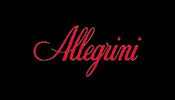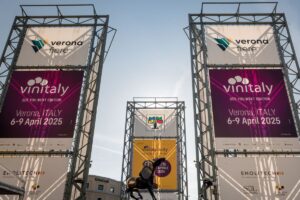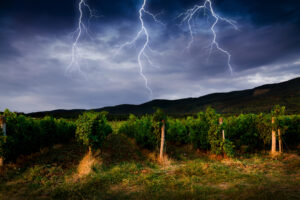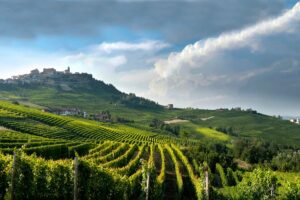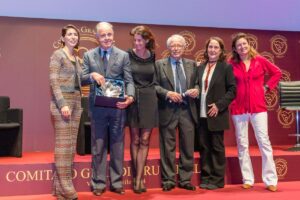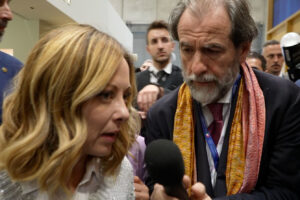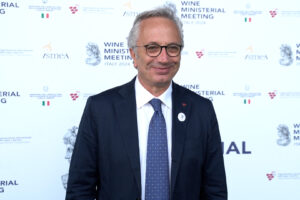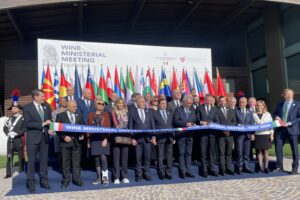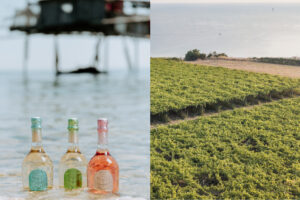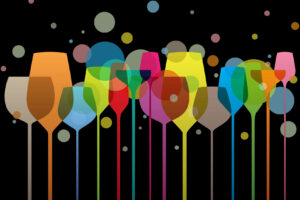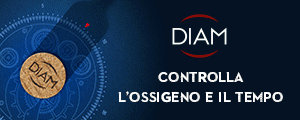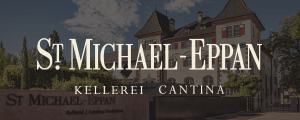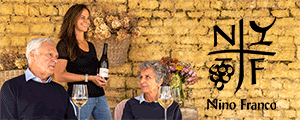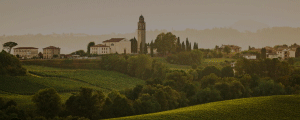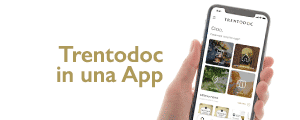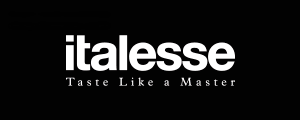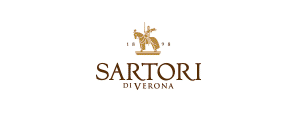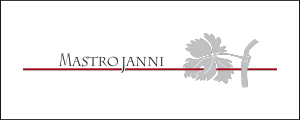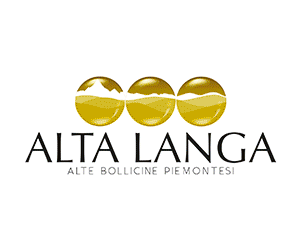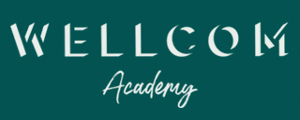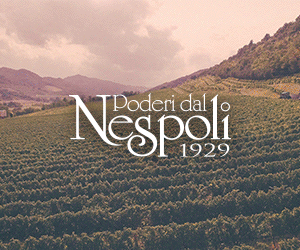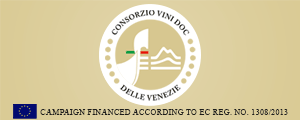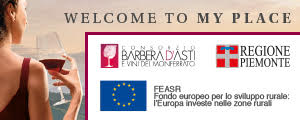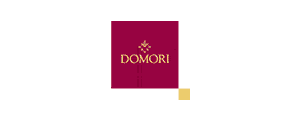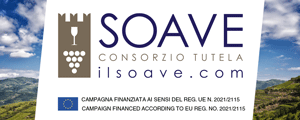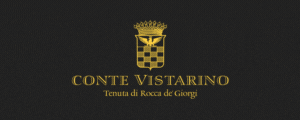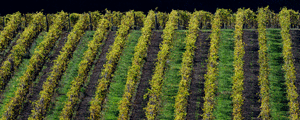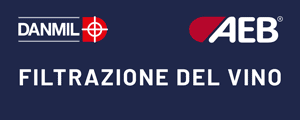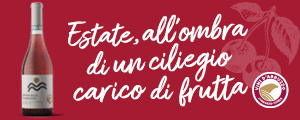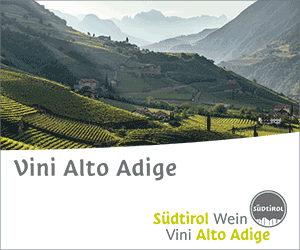The Russian market is growing again. The crash in wine imports during 2014 and 2015 is now over, but it is still far from 2013 when shipments to the Russian Federation reached a record 923 million euros. 2016 registered 5% growth on the previous year, for 660 million euros. The return to positive territory also benefits Italy, Moscow's number one trading partner in the wine sector, with 27% market share, for a value of 188 million euros (+ 4% over 2015). France also grew (+ 7%), with a market share of 18% for 120 million euros, but the best performers were Spain (+ 19%) and neighboring Georgia (+ 24%).
These numbers narrate a rather complicated and far from being resolved situation that will impact the wine market throughout 2017. There are two main factors that will redesign the consumption map. The first, a significant downfall in demand (which seems unstoppable), linked to the loss of the Russian middle class’ purchasing power, and the instability of the Ruble heavily affecting market dynamics, both in terms of imports and price stability, subject to too many sudden oscillations.
The growth of countries such as Georgia, Spain and Portugal is also worth mentioning in this regard, as they are able to offer favorable prices, especially on bulk wines. As far as quality wine is concerned, the vast majority of consumption is tied to large cities: 70% of bottles are uncorked in Moscow and 15% in St. Petersburg, on a market that, as a whole, is worth 8 billion US dollars.
Regarding different typologies, the highest average price, as well as the highest growth rates, are bubbles. The price is four US dollars per liter in France, Italy, Chile, Australia, the United States and Georgia. Italy alone, thanks to the performance of Prosecco, takes the lion's share at 57.9% of the market, ahead of course of France, which has 32.5% with Champagne.
According to the report "The wine market in Russia", edited by Ixico - España Exportación and Inverciones (www.icex.es), Italian wine dominates in Russia because of the enormous popularity for Italian cuisine: in Moscow alone, there are more than 500 Italian restaurants. Another key aspect is the strength of an offer tied almost exclusively to quality wine, of well-known and highly appreciated brands in Russia – above all, Pinot Grigio and Prosecco, in a dynamic reminiscent of the USA a few decades ago.
And, just like in the United States, the growth potential is enormous. The average annual per capita consumption is still 7.5 liters, with wine accounting for just 11% of pure alcohol consumed in Russia (and market penetration at 33.3%). Vodka and other spirits account for 18% of consumption, and beer, a whopping 38% of the total. There are some limitations to growth, though.
First of all, consumption is still almost exclusively tied to the wealthiest and highly educated classes, while the middle and working classes are continuing to lose purchasing power and growth opportunities. Women drink wine more frequently (39.7%) than men (25.8%), and 85% of the bottles are uncorked at home. Another significant factor is the enormous weight of excise, duties and price increases in the supply chain bringing a bottle of wine from Italy, or from any other country, to the shelf.
A bottle of wine that costs 2 euros at the winery then adds on at least 8-9 different costs, from transportation to excise, duty, taxes, custom fees, the importer’s charges and then the distributor’s, so the average final price is 9 euros, more than four times the initial cost.
Copyright © 2000/2024
Contatti: info@winenews.it
Seguici anche su Twitter: @WineNewsIt
Seguici anche su Facebook: @winenewsit
Questo articolo è tratto dall'archivio di WineNews - Tutti i diritti riservati - Copyright © 2000/2024



